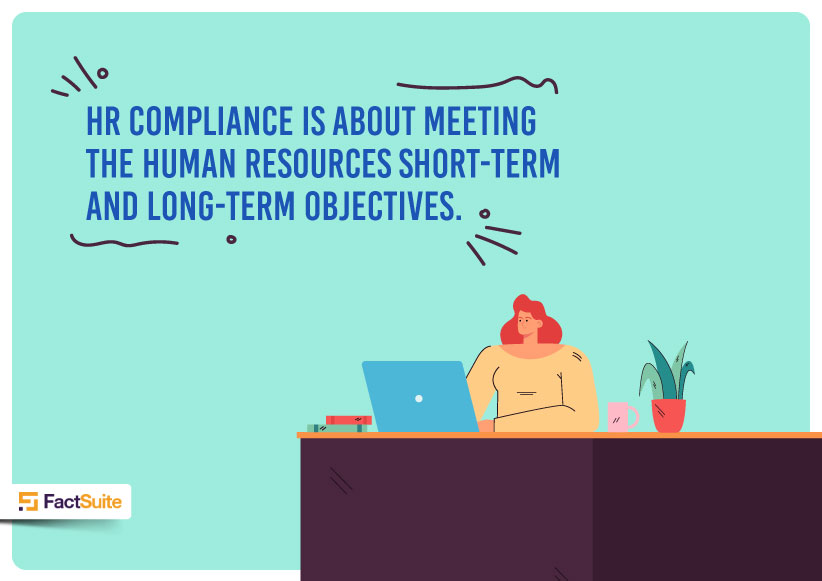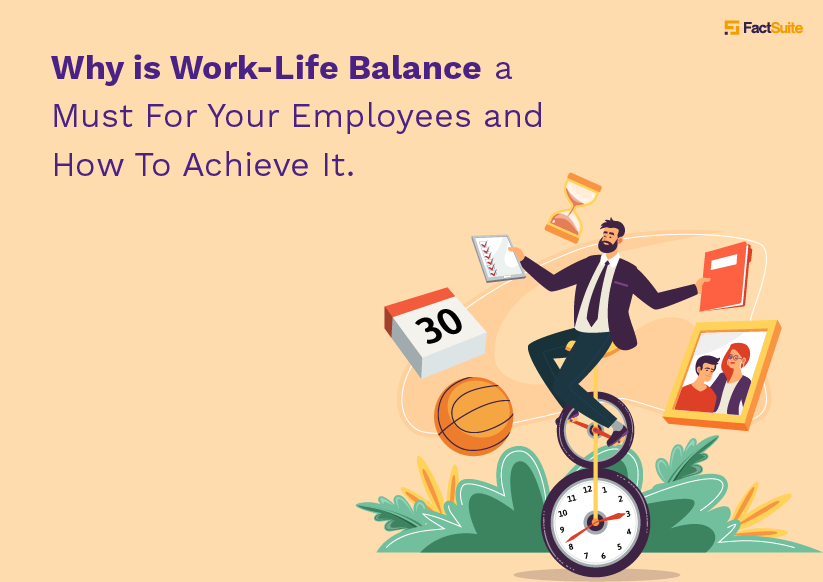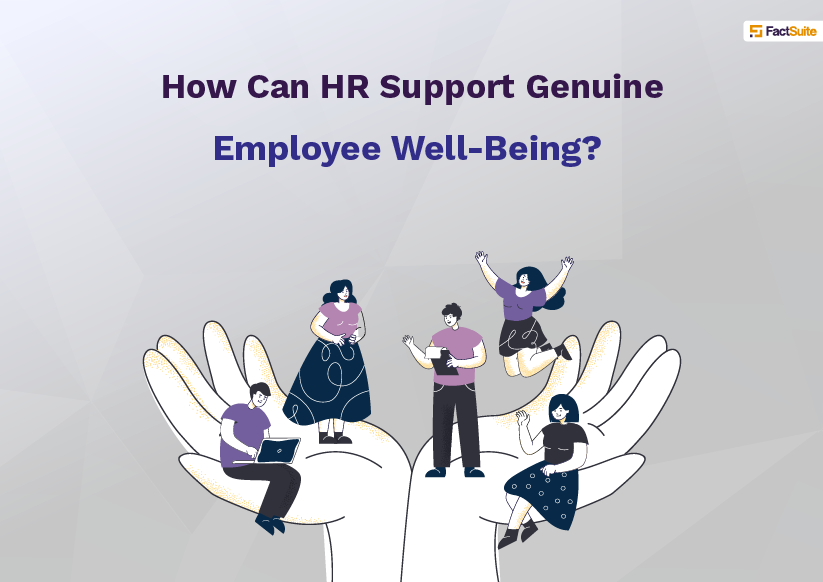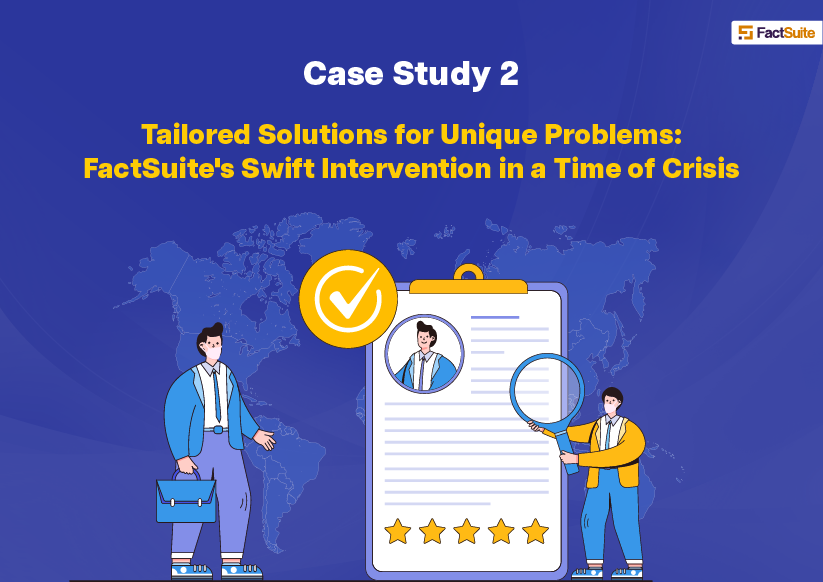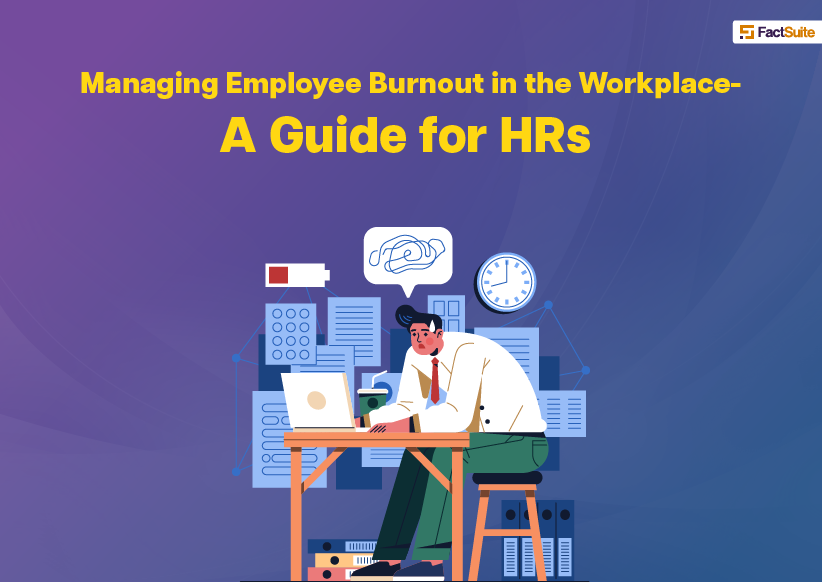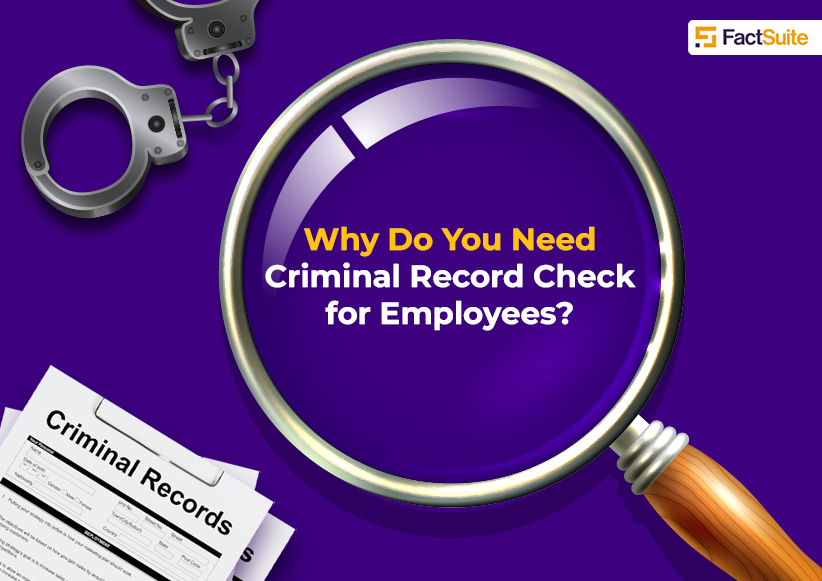The Essential HR Guide to Building a Thriving Employee Wellness Program

Table of Contents
- Introduction
- Understanding Employee Wellness Programs
- Building Blocks of a Successful Employee Wellness Program
- Understand Your Employees' Needs
- Get Your Budget in Order and Get Leaders on Board
- Set Clear Goals
- Designing Engaging Wellness Initiatives
- Offer a Variety of Activities
- Provide Support for Mental Health and Stress Management
- Promote Healthy Eating (Optional)
- Plan-Implement-Execute
- Develop a Communication Plan
- Provide Incentives
- Evaluate Effectiveness and Adjust
- Measuring Success and ROI
- Identify Key Metrics to Track
- Calculate ROI
- Share Success Stories and Testimonials
- Conclusion
Introduction
Employee wellness programs are a pressing need in contemporary workplaces. This is because of the changing work patterns and the high levels of stress and burnout that come with this lifestyle.
According to recent statistics, 45% of employees experienced burnout due to organizational changes in 2023, indicating a growing gainsay in managing change fatigue. Furthermore, a staggering 75% of employees report experiencing burnout. Interestingly, burnout appears more prevalent among women, with 43% of female leaders experiencing burnout compared to 31% of male leaders. These statistics highlight the pressing need for organizations to prioritize employee wellbeing.
Despite this need, a concerning trend is emerging among HR leaders, as 73% of them prioritize processes over people in their HR teams. This statistic, revealed in a recent survey, suggests a potential misalignment between the human-centric mission of HR and the so real focus of HR teams. This operational focus on processes could be attributed to the really heavy burden of administrative duties and compliance activities, leaving little time for relationship-building, mentorship, and talent development.
Organizations are required to automate or delegate some of their process-oriented tasks because it would then allow HR professionals to focus more on the human aspect of their roles. HR professionals can then, actively engage in more people-oriented responsibilities, helping enhance employee wellbeing.
Understanding Employee Wellness Programs
To define wellness programs- they are a series of steps that are taken by organizations that wish to secure employee wellbeing. These programs include a variety of activities that bring in physical, mental, and emotional health of the workforce.
The utility of employee wellness programs is manyfold. Health and wellness programs for employees provide the benefits of improved physical health, increased morale, and bringing in greater job satisfaction. Company wellness programs also provide employees with resources and the backing that facilitates them in adopting a healthier lifestyle and cope with all ongoing challenges.
Employers also do significantly better by implementing wellness activities. These health and wellness programs for employees help in increasing productivity and morale of employees, reducing healthcare costs for employers and reducing the rates of absenteeism. It can also help in creation a positive work culture that values its employees and supports their care and wellness.
Statistics show that wellness programs have a major influence on staff health and productivity. According to a Centre for Disease Control and Prevention (CDC) study, employees are part of any wellness programs under their company have been reported to show a decreased risk of chronic illnesses such as diabetes, heart disease, or stroke. To add to this, research published in the Journal of Occupational and Environmental Medicine elucidates that employees who are part of company wellness programs and wellness activities reported much more overall job satisfaction and a greater percentage in likelihood of retention.
Building Blocks of a Successful Employee Wellness Program
As we explore the key steps to lay a quite strong foundation for your company wellness programs, here's where to start-
1. Understand Your Employees' Needs
Start by getting to know what your employees want and need. Employee wellness survey or quick assessments can help you gather this information. By involving your employees in the process through an employee wellness survey, you can orient the program to fit their interests, which can boost involvement and excitement.
2. Get Your Budget in Order and Get Leaders on Board
You'll need to enter your budget for the program and get support from your organization's leaders. Show them the benefits like lower healthcare costs and happier employees, to get their approval and the required resources.
3. Set Clear Goals
Define what you want to achieve with your wellness program. Your goals should be specific and measurable, so you can track and adjust as required. This will facilitate keeping your company wellness programs focused and effective.
Designing Engaging Wellness Initiatives
Creating a wellness program that keeps employees interested and involved is important. Here are some ideas to make your program engaging:
1. Offer a Variety of Activities
Include very different types of activities to appeal to everyone. For example:
- Fitness Challenges: Encourage employees to set fitness goals and track their progress together.
- Mindfulness Sessions: Teach relaxation techniques very like meditation or yoga to facilitate reduce stress.
- Health Screenings: Provide check-ups or tests to help employees monitor their health.
2. Provide Support for Mental Health and Stress Management
Supporting mental wellness is key. Consider offering:
- Counselling Services: Provide access to confidential counselling for employees who need support.
- Stress Management Workshops: Teach techniques to manage stress, like breathing exercises or time management tips.
- Flexible Work Arrangements: Offer flexibility in work hours or remote work options to reduce stress.
3. Promote Healthy Eating (Optional)
- Encourage salubrious eating habits with:
- Nutrition Workshops: Teach employees about nutritious eating and how to make nutritious meals.
- Healthy Snacks: Provide healthy snack options at work, quite like fruits or nuts.
- Nutritional Counselling: Offer counselling to help employees make healthier food choices.
Plan-Implement-Execute
Managing a program like this end-to-end will surely require meticulous planning. Here are key steps to help you execute your wellness program:
1. Develop a Communication Plan
Communication is the most critical aspect to a robust wellness program. Develop a plan to:
- Announce the Program: Inform employees about the program, its goals, and how they can participate.
- Provide Regular Updates: Keep employees informed about upcoming events, achievements, and any changes to the program.
- Encourage Participation: Use various communication channels, such as emails, posters, and internet messages, to advance the program and encourage participation.
2. Provide Incentives
Positive reinforcement can push participation by manifolds. Consider:
- Recognition: Recognize and celebrate individual and team achievements.
- Incentives: Provide incentives such as gift cards, extra time off, or prizes for reaching wellness goals.
- Competitions: Organize friendly competitions or challenges to keep employees engaged and motivated.
3. Evaluate Effectiveness and Adjust
Assess the program and plan you made at regular intervals. Consider:
- Feedback Surveys: Gather feedback from employees to understand their experiences and suggestions for improvement.
- Data Analysis: Analyse information on participation rates, wellness outcomes, and employee feedback to assess the program's impact.
- Adjustments: Based on evaluation results, make very necessary adjustments to the program to enhance its effectiveness and relevancy to employees.
By developing a really robust communication project, providing incentives, and regularly evaluating the program, you can effectively ensure wellbeing for employees, while you implement and handle your employee wellness program for maximum impact.
Measuring Success and ROI
Here's a comprehensive approach to measuring success and calculating ROI:
1. Identify Key Metrics to Track
- Participation Rates: Monitor how many employees are actively engaging in the wellness program. This can indicate the dismantling of involvement and engagement among your workforce.
- Health Outcomes: Track changes in health indicators such as BMI, blood pressure, and cholesterol levels. Improvements in these areas can signify the effectiveness of your program in up employee health.
- Productivity Metrics: Measure changes in absenteeism rates, presenteeism, and process execution. Increased productivity and reduced absenteeism can indicate a confirming impact on wellbeing for employees and engagement.
2. Calculate ROI
- Cost Savings: Determine the simplification in healthcare costs, absenteeism, and presenteeism attributed to the wellness program. Compare these savings to the costs that you'd have had to incur for implementing your particular program.
- Productivity Gains: Estimate the increase in productivity resulting from improved employee health and well-being. This could include factors such as improved focalize, energy levels, and boilersuit job satisfaction.
- Employee Retention: Consider the impact of the wellness program on employee keeping and enlisting costs. A program that improves employee satisfaction and loyalty can lead to be savings associated with turnover.
3. Share Success Stories and Testimonials
- Employee Testimonials: Collect stories from employees who have experienced outcomes from participating in the wellness program. Share these testimonials to exalt and prompt others to join.
- Success Metrics: Highlight key success metrics and outcomes of the program, such as improved health indicators, increased participation rates, and positive feedback from employees.
- By tracking these metrics, shrewd ROI, and sharing success stories, you can effectively measure the success of your employee wellness program and match its value to your system and employees likewise.
Conclusion
In this guide, we've explored the indispensable elements of building a successful employee wellness program that secures wellbeing for employees. From the understanding of employee needs to scheme engaging initiatives and measuring success, all these steps plays an important role in promoting employee well-being.
Remember, the journey to a thriving employee wellness program begins with a single thread. Start little, hear your employees, and establish from there. Together, we intend to build workplaces where employees not only survive but blossom, grow and thrive.






